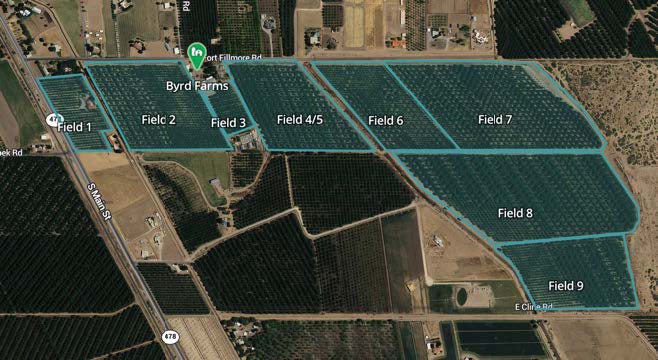How to Optimize Light Spectrums for Each Stage of Plant Growth
As your plants transition into the vegetative stage, they require more energy to support the rapid growth of leaves and stems. This stage benefits from a mix of blue and red light, with a higher proportion of blue to red (around a 60:40 ratio).
Redefining PAR: The Impact of Far-Red Photons on Photosynthesis and Horticultural Lighting
The effectiveness of far-red photons in driving photosynthesis means that technologies utilizing these photons, such as downshifting luminescent materials and fixtures that include far-red, should be reevaluated for their effectiveness as plant growth spectrum providers.
Uncovering Spectral Signatures in a Pecan Orchard
Multispectral cameras capture spectral signatures much like a thermometer measures the temperature of the human body. Changes in plant reflectance indicate stress, but additional information is required to identify the cause.
Records 1 to 3 of 3
Featured Product

Elmo Motion Control - The Platinum Line, a new era in servo control
Significantly enhanced servo performance, higher EtherCAT networking precision, richer servo operation capabilities, more feedback options, and certified smart Functional Safety. Elmo's industry-leading Platinum line of servo drives provides faster and more enhanced servo performance with wider bandwidth, higher resolutions, and advanced control for better results. Platinum drives offer precise EtherCAT networking, faster cycling, high synchronization, negligible jitters, and near-zero latency. They are fully synchronized to the servo loops and feature-rich feedback support, up to three feedbacks simultaneously (with two absolute encoders working simultaneously). The Platinum Line includes one of the world's smallest Functional Safety, and FSoE-certified servo drives with unique SIL capabilities.



